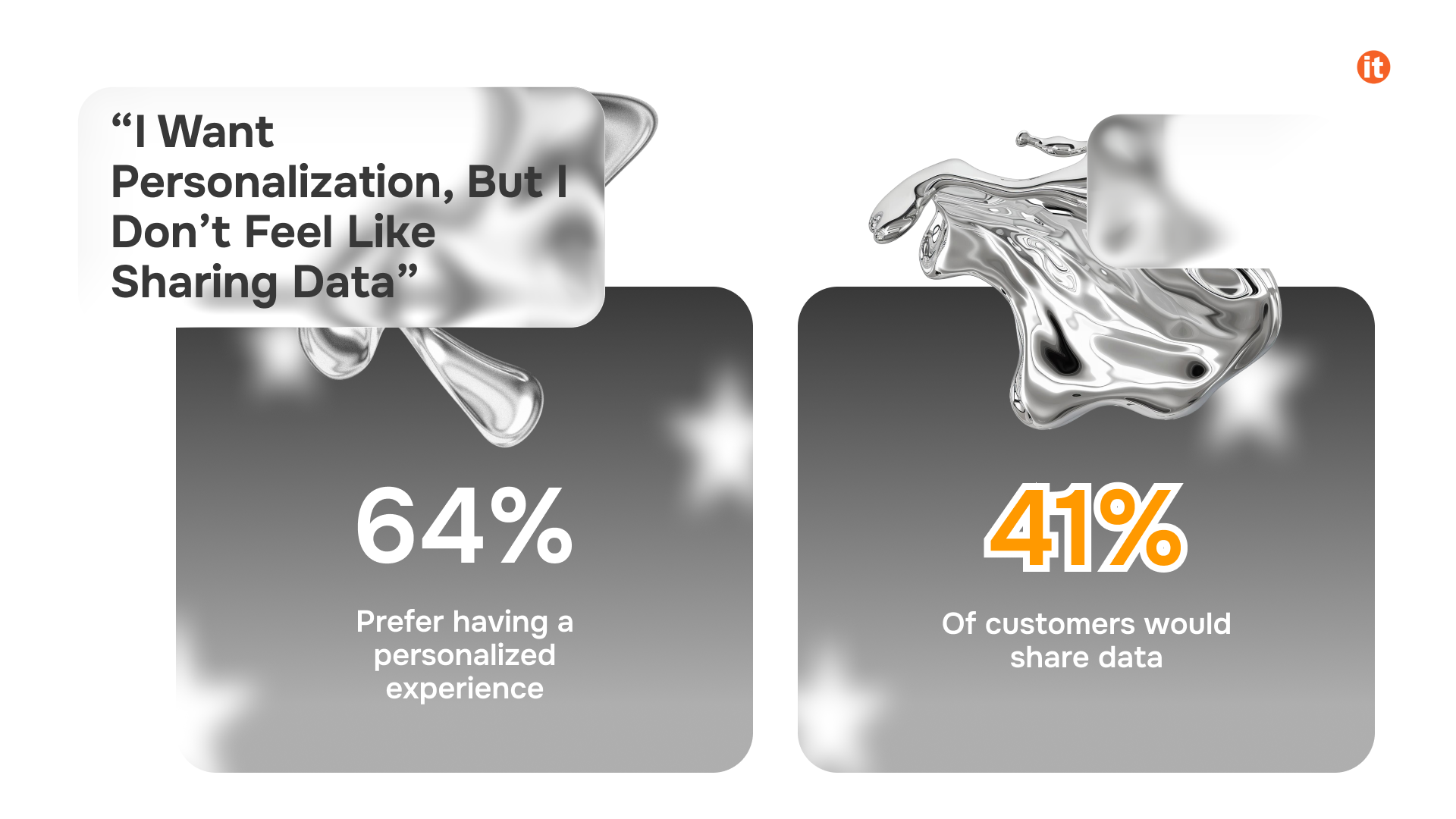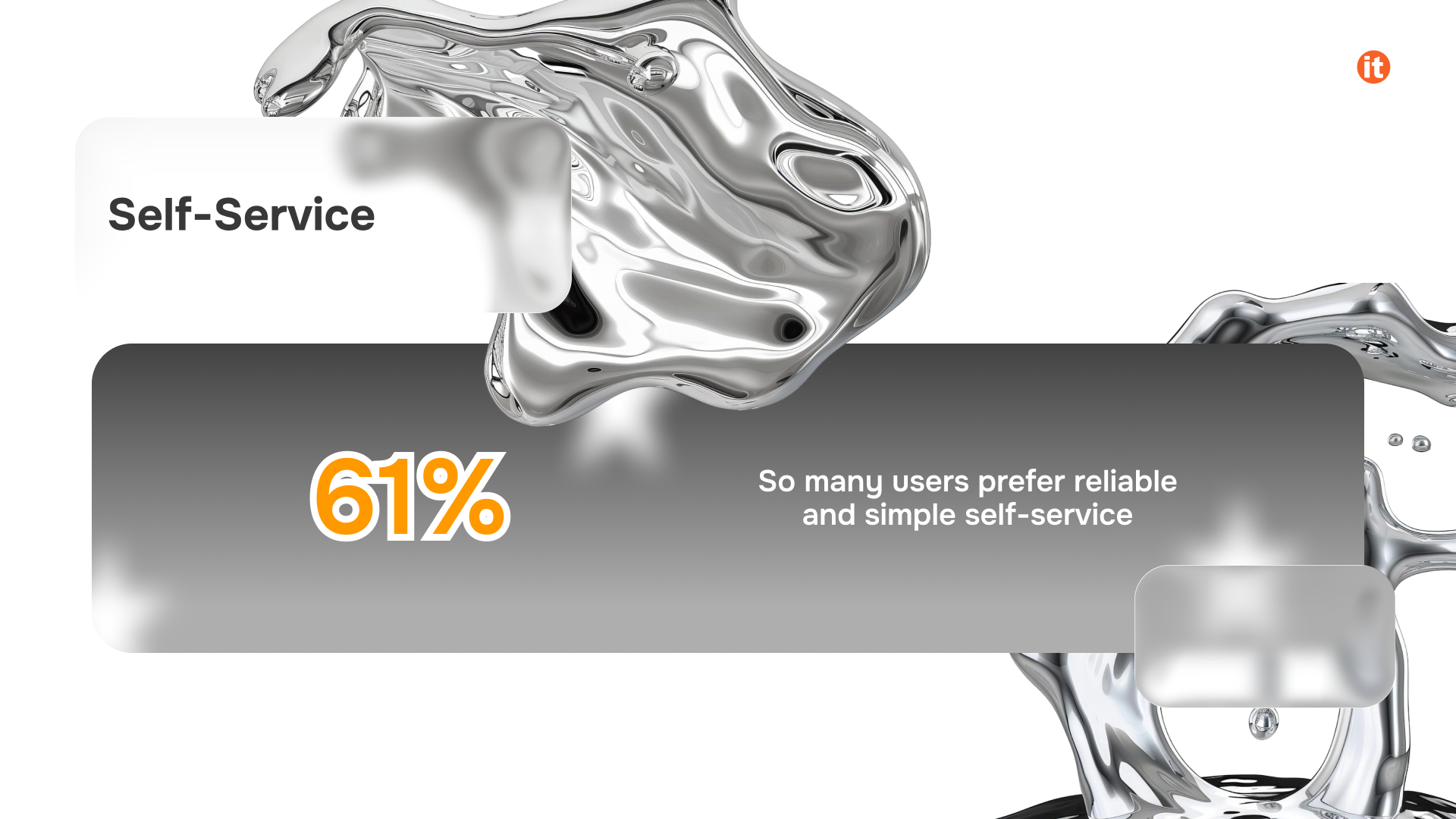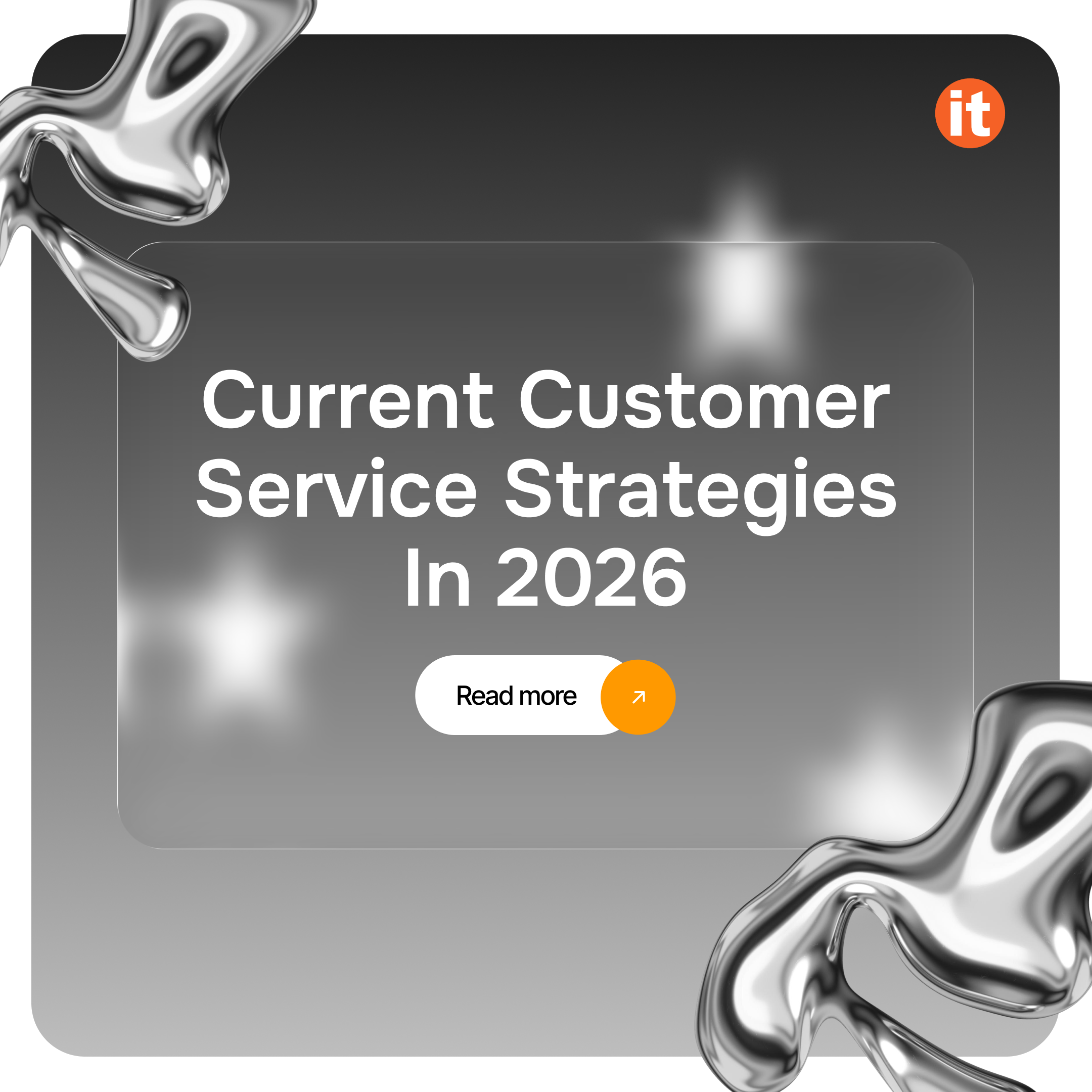Customer Service Trends in the Upcoming 2026 and What Solutions Microsoft Dynamics 365 Offers Today.
In an environment of inflation and rising prices, a customer’s number one concern is understandably getting the most for their money. Nevertheless, what’s more peculiar is that customers report being happier when their purchases are driven by quality and good customer service, rather than simply going for the lowest possible prices. Furthermore, 29% of participants in a Qualtrics (2025) study cited customer service as a reason for doing business with an organization. Notably, this represents nearly a quarter of all participants, which raises the question of whether it is merely an assistive role or has become a more integral and essential part of the business.
Given that customer service is the only direct way to communicate with a client and the apparent demand for it, businesses must pay closer attention to what is expected of them now.
Farewell, feedback!
Ironically, at the very time clients demand 24/7 support the most, businesses are receiving the least amount of direct feedback. According to the same study, only 3 in 10 customers want to share their dissatisfaction directly. Worst of all, 30% don’t tell anyone at all and quietly switch to a competitor. This is clearly not sustainable, as maintaining a current client is a more strategic choice than gaining a new one, since loyalty offers greater long-term value. That’s why the first thing is to
Continue to be proactive
That’s a continuous trend for the 2020s, but the key one, because that was a significant shift from the old-school reactive model. The traditional strategy of resolving problems after they appear is inefficient—the client is already dissatisfied and the problem has yet to be fixed. On the other hand, it is prediction—addressing minor issues before they snowball into larger, more costly ones, and fixing them before the client even knows there is a problem.
Proactiveness makes clients feel seen and cared for, which builds a stronger relationship and long-term loyalty.
Naturally, to achieve this, you must use customer data collection and AI to enable accurate prediction. The AI part is straightforward to implement, as Microsoft already integrates it into its products, including Dynamics 365 Customer Insights. Still, the issue of voluntary data collection is more paradoxical. Because:
“I want personalization, but I don’t feel like sharing data”
It’s very insightful to consider how customers view personalization. First, they are overwhelmingly in favor of it—64% prefer having a personalized experience, according to Qualtrics, 2025. The top choices are learning habits and remembering website behavior (30%) and predictive ordering (27%).
However, to create this experience, the service must collect data, and yet only 41% of customers would share it. What’s up with that?

Well, it’s because customers are unsure how their data will be collected and used. The problem lies in the absence of transparency and clarity about data usage and its safety. Given this, the company’s goal must be to build trust and demonstrate responsible use of customer data. Customers are willing to cooperate if they have control: 45% are willing to share data if they can control and/or delete it when they want, and 46% will do so if they know what is collected and why.
For that same reason, data security and privacy must be top priorities as well.
Where can the client reach you?
One more important question is where to provide customer service, and the answer is simple: everywhere.
In today’s landscape, clients expect to reach support in any way that’s convenient for them, and while businesses must satisfy this demand, it often results in a complex multichannel system. However, actual efficiency requires seamlessly integrating all these channels into a single system, known as omnichannel support. Dynamics 365 Customer Service, for example, is known for supporting multiple channels within a unified system.
A severe lack of integration across the omnichannel can lead to delays, conflicting customer information, and blind spots in optimization and effectiveness measurement. Omnichannel support is not going to become less popular anytime soon, so investing in it seems like the right decision.
Accessible and immediate self-service
Not surprisingly, self-service is also a significant part of modern customer service, with 61% of customers preferring it for simple issues, according to Salesforce. The only problems are speed and the difficulty of finding the correct information. If it takes too long or the instructions are unclear, it’s easier to reach a representative, which may overload them with repetitive, simple requests.
So, the need is obvious—the representatives’ time is filled with scripted question-and-answer exchanges, with no time for more complex problems, and customers want the answer right now, on the spot.

However, traditional solutions are mostly failing. Customers are growing to dislike chatbots because they are usually very inflexible and often require agent involvement later in the process. So, the growing popularity is for digital agents that are more context-adaptive. They maintain context thanks to Natural Language Processing, integrate broadly, and can engage in multi-turn conversations, unlike simpler chatbots with a narrower scope. While digital assistants are excellent for automating well-defined tasks at scale, a virtual assistant is still better for deeper dives into complex problems.
The success of self-service depends on how well and what types of questions can be delegated to it, while still providing clear access to a human representative when needed. So, the future of customer service looks like:
Human-AI hybrid service
AI has already been mentioned here and there, but its popularity underscores the need for more explanation, particularly in the context of a human-AI hybrid workplace. A common mistake in customer support is the unrealistic expectation that all work should be handed over to AI, completely removing the human representative, often forgetting that the human touch is essential in this sphere. Research by Qualtrics shows that enthusiasm for AI-driven support is much lower than in any other sphere of work.
This suggests that it is better to invest in both: use an AI agent in a supporting role under full human supervision, and prioritize hiring talented individuals with highly developed soft skills, such as empathy and communication, despite their lack of technical skills. Also, a significant focus should be on maintaining existing qualified resources to be the “super-agents.” As typical work is delegated to AI, human workers must be able to handle the most complicated situations. The reason is simple: most technical work can be delegated to AI, but no one can recreate thoughtful communication. That’s why Microsoft goes toe to toe and released its Copilot, which can also be set to make the workspace more efficient.
To retain specialists, it is necessary to provide a supportive work environment and continuous learning opportunities in new technologies to keep them invested in their jobs. Additionally, to continue learning, the implementation of real-time, short-term analytics that can be shared immediately within the team and with other departments, such as sales and marketing, is crucial. The main point is to adjust immediately, rather than waiting for a monthly report.
Conclusion
Ultimately, customer service is no longer a cost centre but a revenue driver and the core engine for sustained business growth. The agenda is to shift from reactive to proactive, anticipating needs through personalization and offering seamless access to support. Simultaneously, effective self-service empowers customers as AI frees up human resources.

















